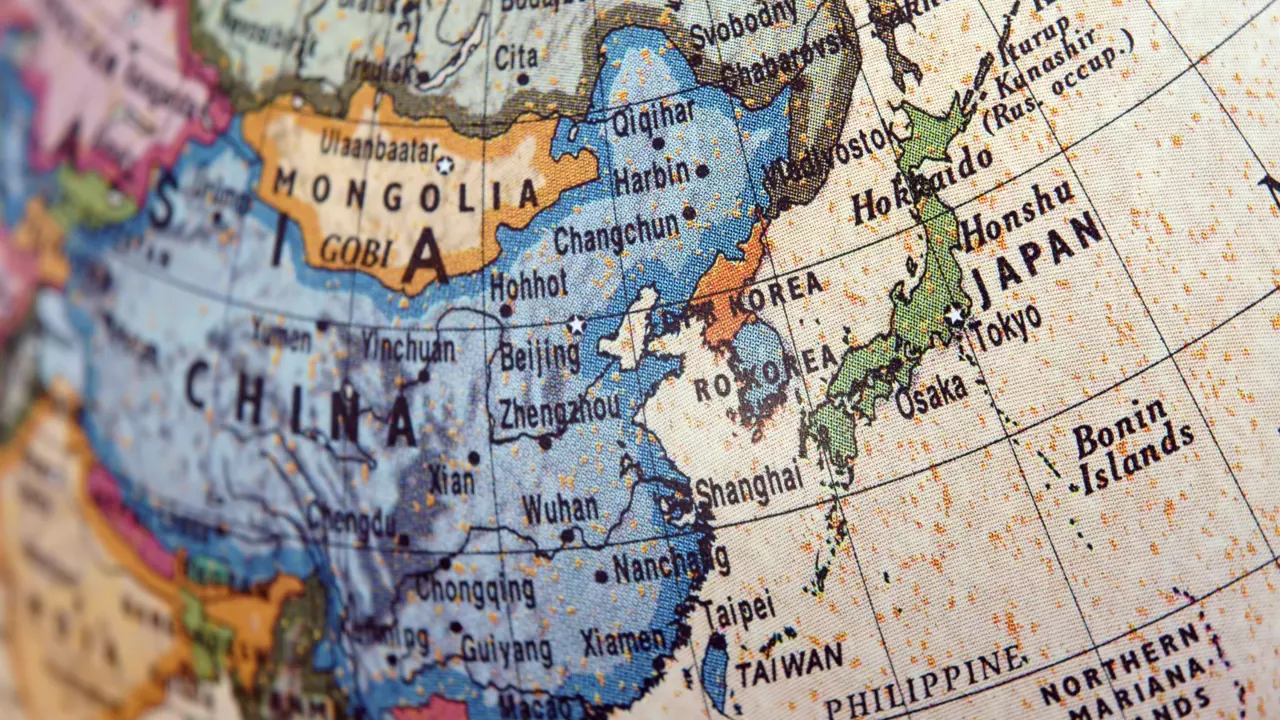Clinical characteristics of East Asian patients with Birt-Hogg-Dubé
3 Dec 2023
The symptoms of Birt-Hogg-Dubé syndrome (BHD) have been widely described in Europe and the United States (USA) with approximately 90% of individuals developing skin lesions, 30% developing kidney cancer, 80% developing lung cysts and 25% developing pneumothoraces. However, studies looking at BHD in the East Asian population suggest a difference in prevalence of these characteristics. Guo et al., published a study to provide further information about the clinical characteristics of BHD in the East Asian population to aid diagnosis and ensure early intervention.
Guo et al., reviewed the current literature on BHD in Japan, China and Korea and enrolled 166 patients from these papers for their study. In addition, they gathered data from 10 BHD patients from Xiangya Hospital in China. The patients’ age, sex, BHD symptoms, genetics and family history were recorded and analysed. They found that skin lesions were less common in the East Asian BHD population with only 36.7% patients recorded to have them, though the most common lesions were fibrofolliculomas and trichodiscomas as seen in the European/USA population. Prevalence of kidney cancer were also lower with 7.2% of patents developing kidney cancer. However, there were more incidences of lung cysts (87.3%) and pneumothoraces (74.7%) in the East Asian BHD population.
The reason for these differences in characteristics is not clear. Interestingly Guo et al., found no significant difference in folliculin mutation s found in the East Asian BHD population compared with other countries. This supports research by Schmidt et al., which found no link between folliculin mutations and BHD characteristics and suggests difference in characteristics may be the result of other genetic or environmental factors. Guo et al., also suggest that the reduced incidences of skin lesions could be due to misdiagnosis, highlighting that there are differences in medical habits in different countries which could contribute to the difference in BHD characteristics being diagnosed.
Altogether this study suggests BHD will present differently in the East Asian population, with the biggest difference seen in prevalence of pneumothoraces (25% of cases in the Europe/USA population compared with 74.7% in the East Asian population). This is important as a pneumothorax is more likely to be the only characteristic of BHD in the East Asian population and therefore it is essential that clinicians consider the diagnosis of BHD in patients who have spontaneous pneumothoraces in the absence of any other BHD characteristics.
- Guo T, Shen Q, Ouyang R, Song M, Zong D, Shi Z, et al. The clinical characteristics of East Asian patients with Birt-Hogg-Dubé syndrome. Ann Transl Med [Internet]. 2020 Nov [cited 2021 May 12];8(21):1436–1436. Available from: http://dx.doi.org/10.21037/atm-20-1129
- Schmidt LS, Nickerson ML, Warren MB, Glenn GM, Toro JR, Merino MJ, et al. Germline BHD-Mutation Spectrum and Phenotype Analysis of a Large Cohort of Families with Birt-Hogg-Dubé Syndrome. Vol. 76, Am. J. Hum. Genet. 2005.
